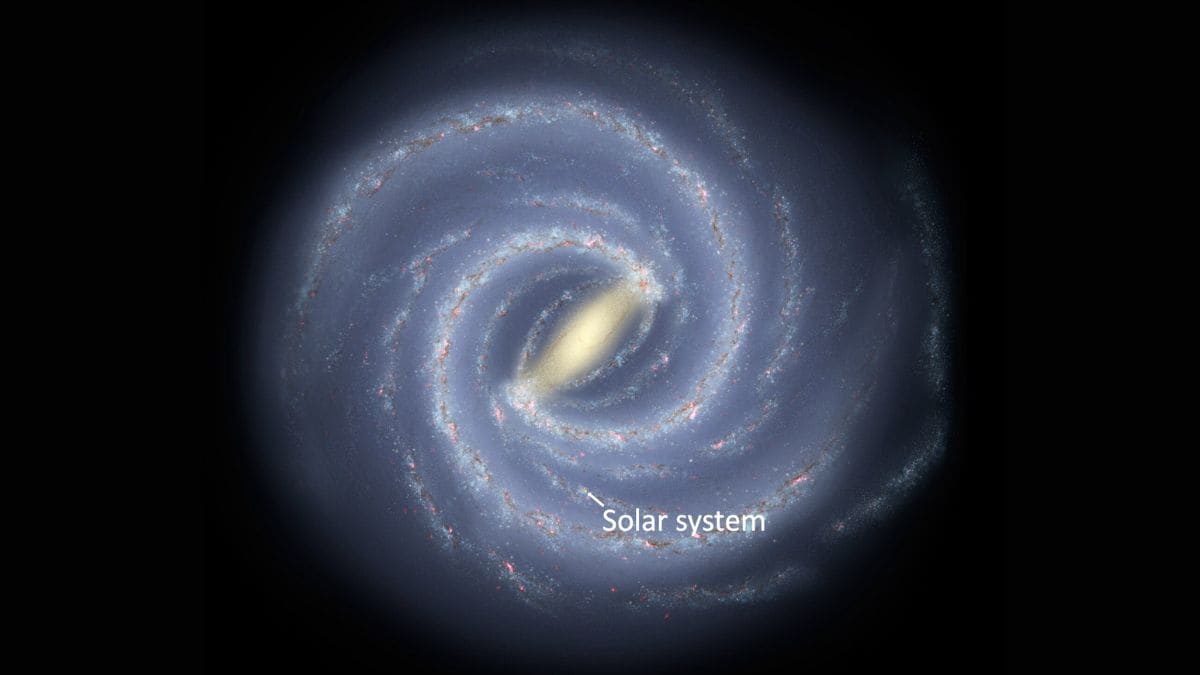EU Hikes Fossil Fuel Power Generation as Renewables Falter

Utilities across the European Union boosted electricity output from gas and coal plants by 13% in the first half of 2025 from a year earlier—the biggest annual increase for January to June since 2017, according to data from clean energy think tank Ember cited by Reuters market analyst Gavin Maguire.
Gas-fired power plants saw generation jump by 19% to the highest level in three years. Coal-fired electricity output increased by 2% to the highest in two years, the data compiled by Reuters showed.
At the same time, wind power generation slumped by 9%, the steepest drop on record, due to low wind speeds.
The jump in fossil fuel power output came as Europe went through the coldest winter in four years and wind power output dipped across major markets. Hydropower generation was also lower in January to June compared to the same period of 2024.
As a result of higher fossil fuel-generated electricity, European emissions from the power sector jumped by 9%, reversing a couple of years of a trend of declining emissions.
The slump in renewable energy output, especially wind power, this winter and early spring contributed to the higher fossil fuel power generation, highlighting the EU’s challenge in increasingly relying on renewable power sources.
Europe has suffered the most from the lower wind speeds in the past few months, while power demand was higher in the coldest winter months.
For example, Germany saw lower-than-normal winds for several months in a row, which reduced wind power generation, boosting electricity prices and the reliance on fossil fuels. The lower wind power generation, Germany’s largest source of electricity, extended from the end of 2024 to the early months of 2025.
Solar became the EU’s largest source of electricity for the first time in June
2025, according to Ember’s data out on Thursday.
But this wasn’t enough to offset the loss of wind power generation and keep the energy systems balanced during the cold winter in the first six months of the year.
By Tsvetana Paraskova for Oilprice.com










































